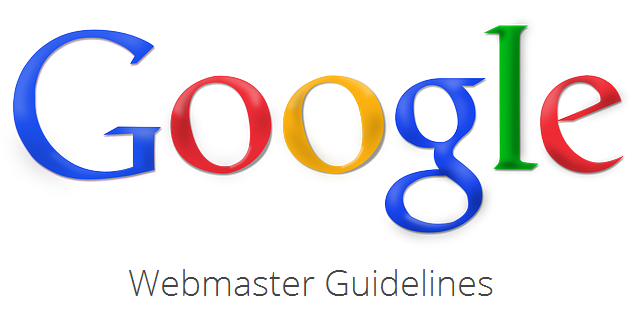Google’s Webmaster Guidelines are a set of best practices and recommendations provided by Google to help website owners and developers create websites that are search-engine-friendly and provide a positive user experience. Following these guidelines can improve a website’s chances of ranking well in Google’s search results and avoid potential penalties.
Here are the key principles outlined in Google’s Webmaster Guidelines:
- Quality Content: Create high-quality, original, and valuable content that serves the needs of users. Content should be well-written, informative, and relevant to the topic.
- Avoid Thin Content: Avoid creating pages with little or no substantial content. Content should provide meaningful value and information to users.
- Use Descriptive Titles and Meta Descriptions: Craft descriptive and accurate title tags and meta descriptions that reflect the content of the page. Avoid misleading or overly promotional titles.
- Structured Data: Use structured data (Schema markup) to help search engines understand the content and context of your pages, enhancing search results with rich snippets.
- Mobile-Friendly Design: Ensure your website is mobile-responsive, providing a seamless experience for users on different devices. Google considers mobile-friendliness when ranking websites.
- Page Speed: Optimize your website’s loading speed to provide a fast and smooth experience for users. Faster-loading pages are preferred by both users and search engines.
- Canonicalization: Use canonical tags to indicate the preferred version of a page when similar content exists on multiple URLs. This helps prevent duplicate content issues.
- User Experience (UX): Create a user-friendly website with intuitive navigation, clear calls-to-action, and easy-to-use interfaces. Good UX encourages users to stay longer and engage with your content.
- Avoid Deceptive Practices: Do not engage in practices that deceive users or search engines. This includes hidden text, cloaking, and other manipulative tactics.
- Link Schemes: Avoid participating in link schemes that manipulate the quantity or quality of inbound links to your site. Focus on natural and authoritative link building.
- Security: Secure your website with HTTPS encryption. Google considers secure sites as a ranking factor and prioritizes them in search results.
- Structured URLs: Create URLs that are descriptive and easy to understand. Avoid using long, confusing URLs with unnecessary parameters.
- Robots.txt and Sitemaps: Use a robots.txt file to control which parts of your site should be crawled by search engines. Also, submit a sitemap to help search engines discover and index your pages.
- Monitor and Remove Harmful Content: Regularly monitor your website for harmful content, such as malware or hacked pages. Remove or address these issues promptly.
It’s important to note that Google’s guidelines may evolve over time, and it’s recommended to visit the official Google Webmaster Guidelines page for the most up-to-date information and recommendations. Following these guidelines can help ensure your website is well-received by search engines and provides a positive experience for users.
- Free SEO Toolkit: How to Boost Your Website Rankings with Zero Budget - June 7, 2025
- What Are UTM Parameters? A Human-Friendly Guide to Tracking Your Traffic - May 7, 2025
- How to Build a GoHighLevel Funnel: A Step-by-Step Guide - February 13, 2025
